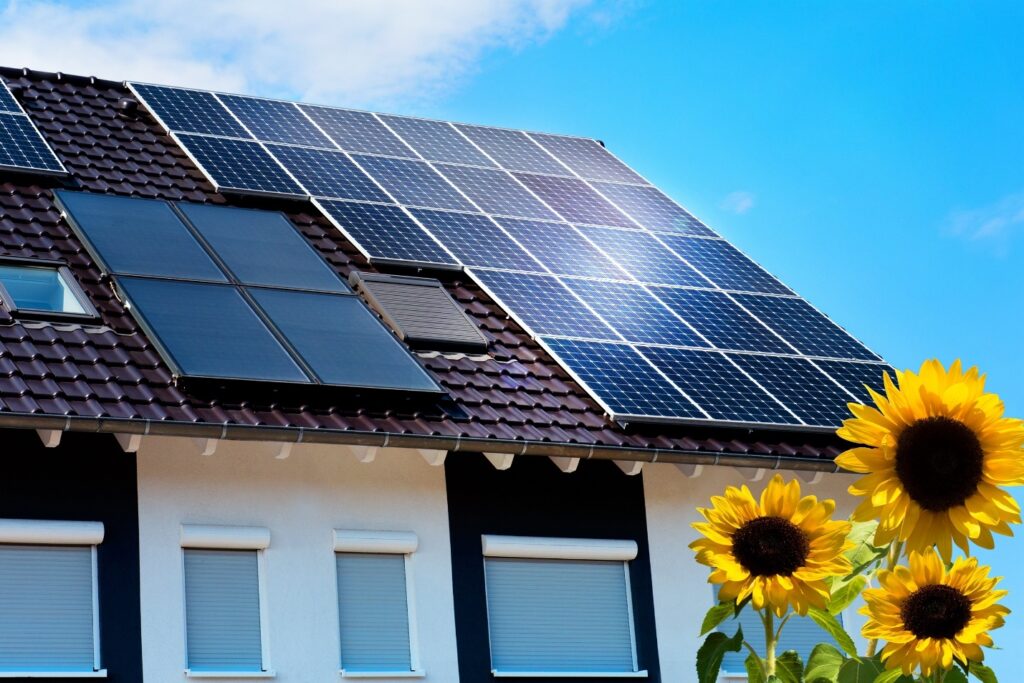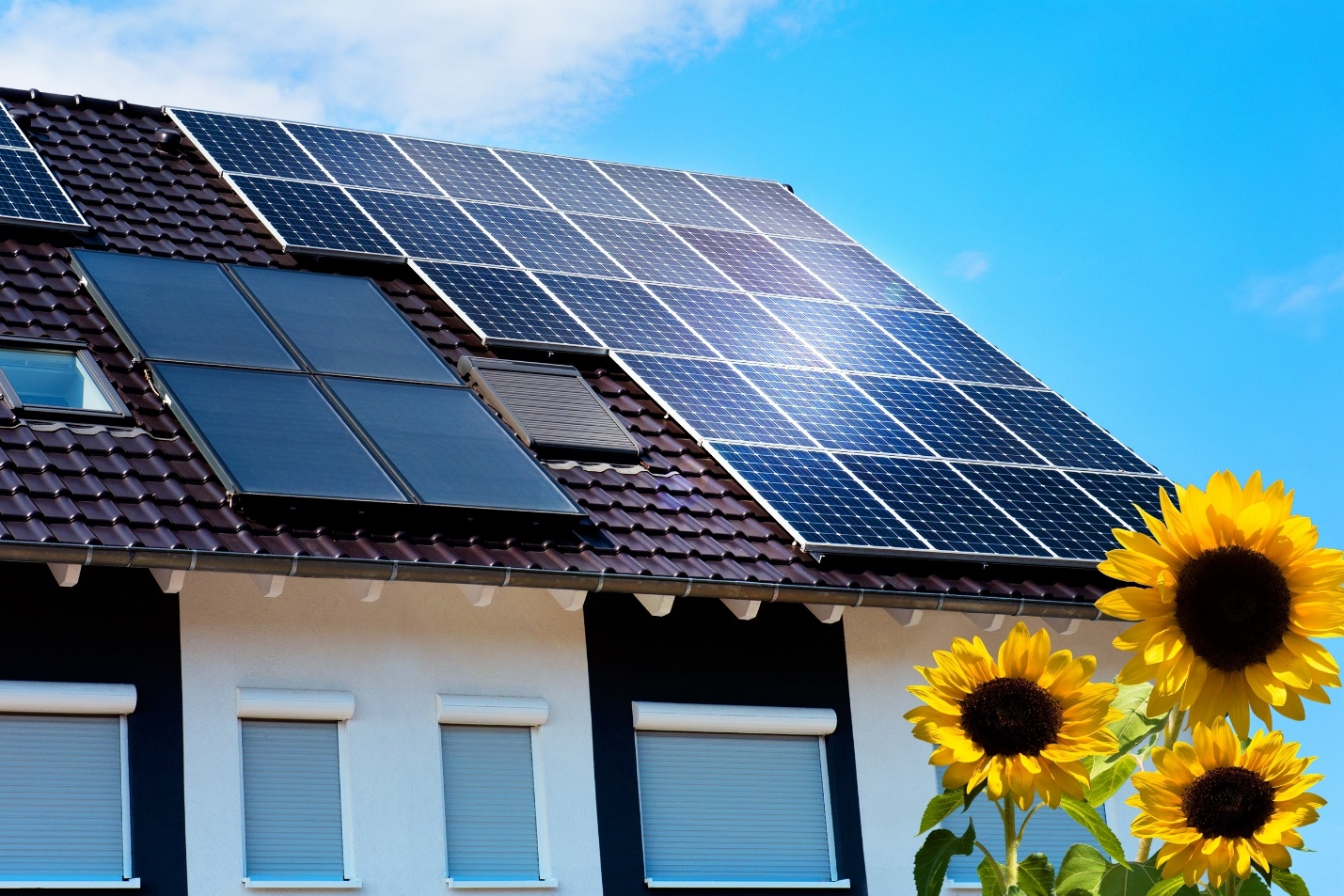The solar panel structure is made of six major components and assembled with high accuracy in advanced manufacturing facilities. The best performing solar technology today is made utilizing crystalline silicon solar cells since it is by far the top performing and most common solar technology today. Other solar PV technologies available include screen-printed cells and thin film cells. However, these technologies are still under development and find limited use.
The main components that form the solar panel structure include:
- Solar PV cells
- Toughened Glass
- Extruded frame made of Aluminum
- EVA film layers for encapsulation
- Polymer rear back sheet
- Junction box- Connectors and diodes
- Solar Mounting Structure
Most solar cell panels are vertically integrated, leading to the appropriate integration of components like silicon ingots and wafers that helps make solar PV cells. However, the solar PV panel structure also comprises externally sourced parts such as encapsulation EVA material, polymer back sheet, and cells.
Solar PV Cells
Solar PV cells or photovoltaic cells convert sunlight directly to Direct Current electricity. The type of solar cells determines the performance of solar PV panels and the characteristics of the material used. The two main types of silicon are polycrystalline and monocrystalline.
Front Toughened Glass Sheet
The front toughened glass sheet protects the photovoltaic cells from the weather and impact from airborne or hail debris. This is a high-strength tempered glass that is about 3 to 4 mm thick and is designed in a way that helps resist extreme temperature conditions and mechanical load. The minimum standard impact test by IEC requires solar panels to withstand the impact of hailstones of 25 mm diameter and travel at the speed of 60 mph. In case of an accident, this type of glass is much safer than standard glass as it shatters into tiny fragments instead of sharper sections.
EVA Film Layers for Encapsulation
The full form for EVA is Ethylene Vinyl Acetate, a specially designed, highly transparent polymer utilized to encapsulate solar cells and hold them in the right position at the time of manufacture. The EVA material needs to be highly tolerant and durable to high humidity and temperature conditions. It also plays a vital role in delivering high performance in the long term by way of preventing dirt ingress and moisture.
This lamination of the PV cells provides shock absorption and helps protect the PV cells and the interconnected wires from sudden impact or vibrations. A top-quality EVA film with a high degree of cross-linking is what differentiates a longer life and failure of the solar panel due to the ingression of water. At the time of manufacture, the solar cells are first encapsulated with EVA before assembly within the back sheet and glass.

Polymer Rear Backsheet
The polymer back sheet is the rare layer of the solar panel structure and acts as a moisture barrier. It is the external skin and provides both electrical insulation and mechanical protection. The back sheet material is made of a variety of plastics or polymers including PVF, PET and PP. It offers different levels of UV resistance, thermal stability, and protection. This back sheet layer is typically white and can also be black or clear based on the module type.
Junction Connectors and Box
The junction box is a small-sized weatherproof enclosure found on the rear side of a panel. It is needed to attach cables for the interconnection of panels securely. The junction box is an important component of the solar panel structure as it is the central point where all cells interconnect and must be protected from dirt and moisture.
Solar Connectors
Almost all solar panels are connected using special sockets and weather-resistant plugs known as MC4 solar connectors. The term MC4 represents a 4 mm multi-contact diameter connector. Due to extreme weather conditions, the connectors must be UV resistant, secure, and robust. This helps maintain a good connection with minimal resistance at both high and low voltages.
Solar Panel Mounting Structure
A solar panel mounting structure is the supporting pillar of PV modules installed to generate electricity from sunlight. This structure set the solar panels at an angle which can collect solar radiation at the maximum.
Solar Panel Structure at the Time of Assembly
Solar panels are assembled in advanced manufacturing facilities utilizing automated robotic sensors and equipment to help position the components accurately. In addition, the manufacturing plants must be clean and controlled to prevent contamination at the time of assembly. Throughout the manufacturing process, the cells and panels are inspected using advanced sensors that help ensure all components are correctly located and the delicate cell wafers are not cracked or damaged at the time of assembly of solar panels.
Sunlight is a free source of energy and can never be depleted. Fossil fuels, on the other hand, are finite resources that emit greenhouse gases during extraction, combustion, and processing. Solar panels do not produce any emissions when in use. However, the structure of solar panels is made of different materials requiring different levels of energy and resources. Luminous offers the best solar technology at the most affordable solar panel structure price to efficiently meet the electricity demands of a residence or a business.

Leave a Reply